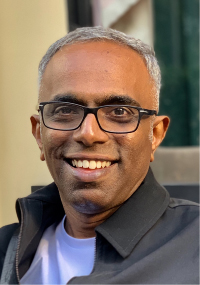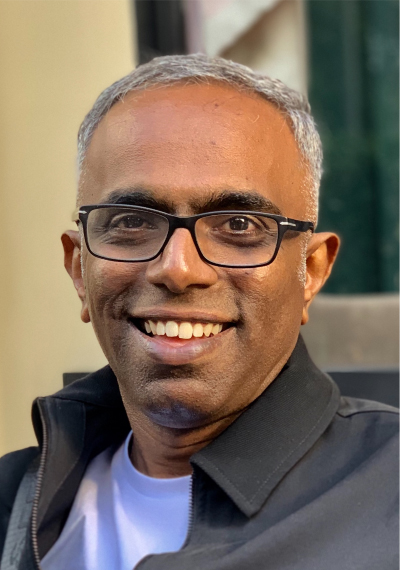“Why are Digital Transformation projects tough?”, he asked me. We were just starting a conversation why the vectors for digital transformation were simple to see yet not commonly practiced. This was a CEO of a large enterprise who has been at his wit’s end, trying to evangelise digital change. The conversation meandered and the two vectors that stayed on the table are outlined here.
A growing number of leaders understand the importance of digital and the impending changes that knock on our gates. At one level, that is good news. The other piece of good news is the surfeit of new technology that docks at our ports every minute. They call it the fourth industrial revolution and thats not without reason. Technology at that scale accompanied by executive backing should be a sufficient multiplier you would reckon. True, it implies raw power. But digital transformation is more nuanced than that.
Digital Transformation is tough.
Despite all the promise it holds, any transformation is tough. Particularly so for digital transformation. For starters, Digital transformation cannot be achieved through diktats. There are no silver bullets, gilded warriors and ornamented events.
There are many other reasons why digital transformation is tough. These range from having a common understanding of what digital is to evolving a strategy for getting the organisation ready to leverage it in full. The digital space is dynamic, with both actual change and a lot of noise leaving people confused and leaden-footed. This is often exacerbated by leaders seeking lasting change at a furious pace. Like any other initiative!
The only trouble is that going digital is not an initiative. On the contrary, it is patient work at organisation social design and reimagining of the work that is important.
The difficult part about the change does not pertain to technology but about conversations about work. To fundamentally reimagine a set way of working with all stakeholders concerned, is not a function of technology alone. Therefore, it requires an inviting way for people to examine their new context owing to shifts heralded by technology. Processes go redundant. Policies will require a relook. Skills are different. Etc etc. These warrant careful examination via conversation. Human and work-centric facilitated conversations make a difference.
Change management with digital is a messy dialogue. It needs patience and a series of sustained activities. Two vectors for digital transformation are outlined here.
a. Portfolio of initiatives:
Any transformation project doesn’t get accomplished with one swish of a sword. It needs multi-pronged initiatives over a period of time. Work and accomplishment of work tasks being at the center, a multidimensional patient effort is a bare minimum. Communication, org design, workflow, processes and policies, skills enhancement and several others. All targeted at a few work-related outcomes that can flourish through conversation, ideation and perhaps experimentation. Teams that are willing to invest the time in conversation and evolve new ways of working have far more chance at engineer lasting change.
b. The necessity of the big moves and the small wins:
Digital transformation success stories have often an adroit balance between ‘big moves’ and ‘small wins’. The big moves provide stability and the foundations. Investments of money and time, infrastructure, commitment, and communication etc are all examples of the big moves. Small wins are like speedometers on the journey. They show that there is progress in the direction of the Big Moves.
Several leaders recognise the importance of these and bring about a play in both. A celebration of the Small Wins in the context of the Big Move brings clarity to a wider population about what is what. Not to mention, a clear understanding of the need to keep going forward.
To be able to hold the space for all stakeholders to come together to reimagine their roles, skills, and ways of working, in the wake of digital, is a key skill for modern day change makers. We must remember that the days of ‘herding into a room for a powerpoint based announcement’ are long over.
All this is for ones that are serious about orchestrating a mindset that embraces digital transformation. The essence to lasting Digital Transformation is getting ready to change again, just after you have changed! It is a continuing conversation with no finish line in place. That makes it perpetual.


